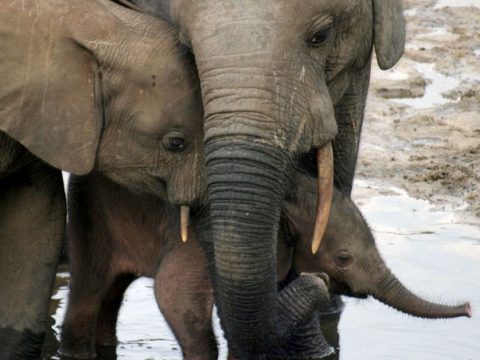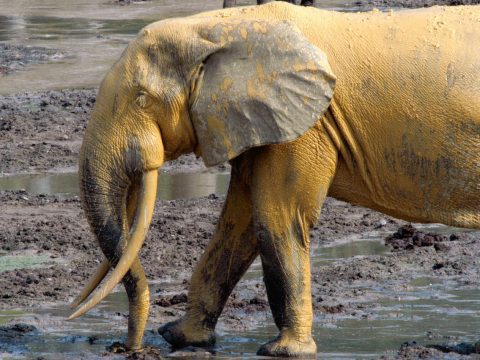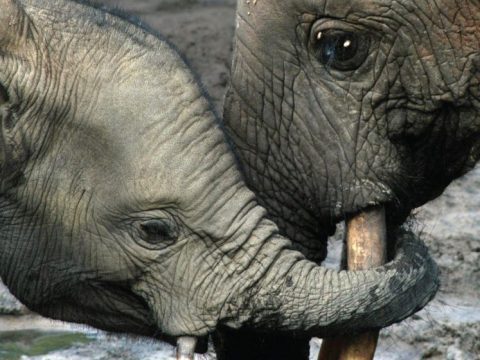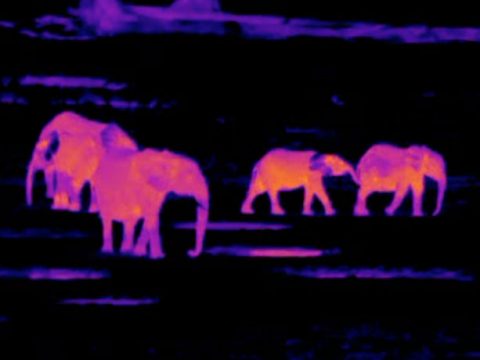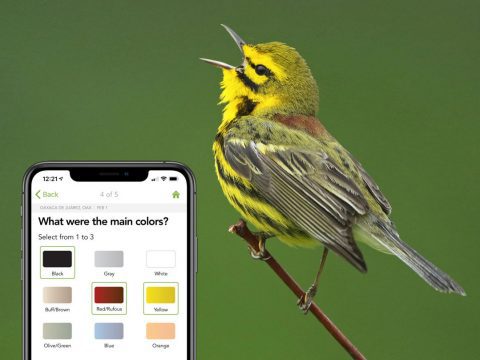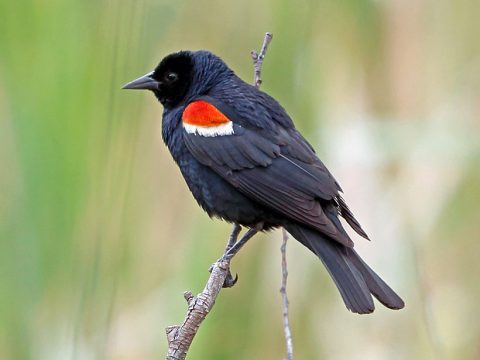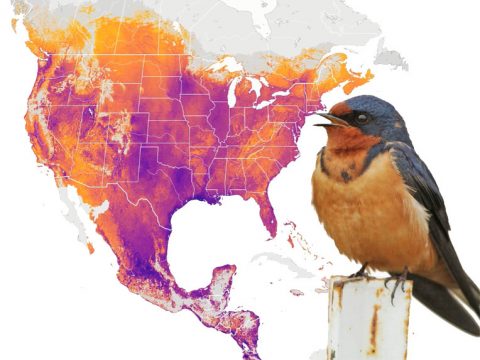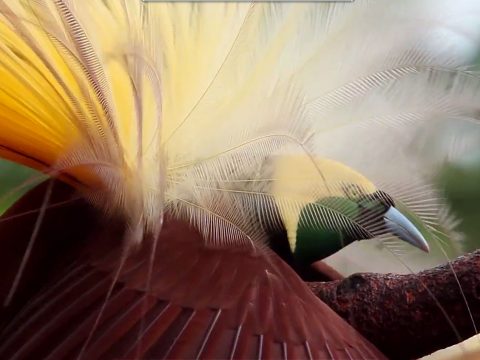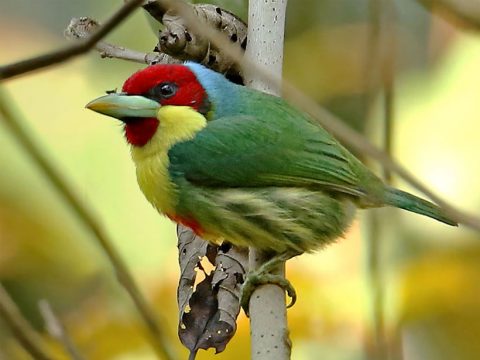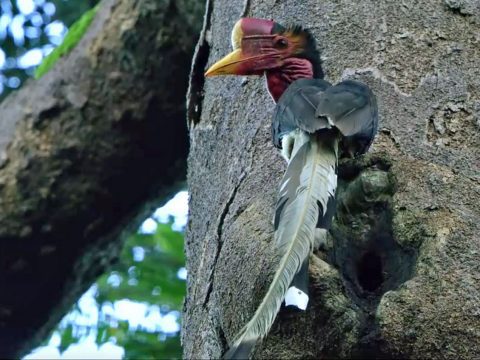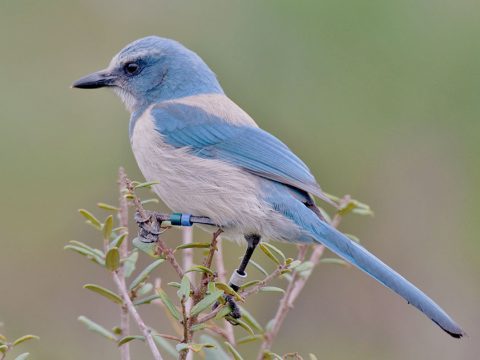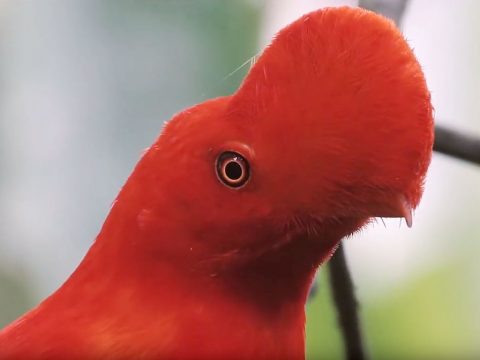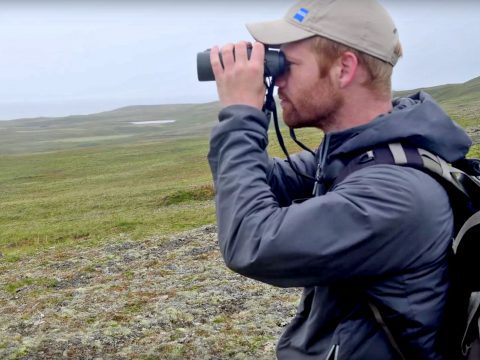How We Use Sound to Help Protect Elephants from Poaching
The rainforests of Central Africa are home to forest elephants, an endangered species. Each year, poachers kill 15,000 forest elephants for their ivory. Fewer than 40,000 survive today. By studying and monitoring the sounds of elephants, The Elephant Listening Project and its partners are working to help protect these majestic elephants and the rainforests needed by wildlife and people.
Watch the video to see how scientists from the K. Lisa Yang Center for Conservation Bioacoustics at the Cornell Lab of Ornithology use thermal imaging to peer into the night activities of elephants. Working with local partners, they also create a listening network in the forest, using automated sound recorders to hear the elephants’ conversations—and detect poachers, including gunshots.
With these data, the Elephant Listening Project has created maps for the first time showing where the elephants are within the forest, and where the poachers are finding them. These new technologies reveal key information to help managers of protected areas to fight against poaching. Your support helps the Cornell Lab use the science of sound to understand and protect wildlife around the world.
More Stories
 Conservation in ActionCalifornia Protects Tricolored Blackbird After eBird Data Help Show 34% Decline
Conservation in ActionCalifornia Protects Tricolored Blackbird After eBird Data Help Show 34% Decline Conservation in ActionCoastal Solutions: Building a Bold New Community to Address the Shorebird Crisis
Conservation in ActionCoastal Solutions: Building a Bold New Community to Address the Shorebird Crisis Conservation MediaBirds-of-Paradise Help Inspire Conservation of Forests in West Papua
Conservation MediaBirds-of-Paradise Help Inspire Conservation of Forests in West Papua Conservation in ActionHow Can a Great Cup of Coffee Support Birds, Farmers, and Local Communities?
Conservation in ActionHow Can a Great Cup of Coffee Support Birds, Farmers, and Local Communities? Conservation MediaHow Can We Change Hearts and Minds to Save Wild Parrots?
Conservation MediaHow Can We Change Hearts and Minds to Save Wild Parrots?
Join Our Email List
The Cornell Lab will send you updates about birds, birding, and opportunities to help bird conservation. Sign up for email and don’t miss a thing!
Golden-cheeked Warbler by Bryan Calk/Macaulay Library

